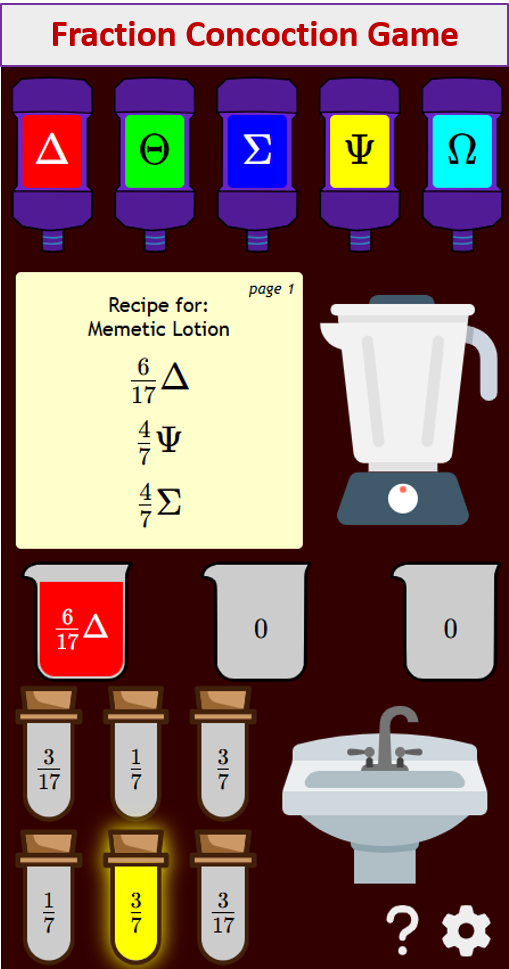

Unit Circle (Symmetry, Periodicity)
Videos and lessons with examples and solutions to help High School students learn how to use the unit circle to explain symmetry (odd and even) and periodicity of trigonometric functions.
Common Core: HSF-TF.A.4
Trigonometric Functions are developed and explored by changing one of the angles in a right triangle
Odd and Even Properties of Trig Functions F.TF.4
Odd and Even Symmetry of the Trigonometric Functions
Even and Odd Trig Functions
Review of Even and Odd functions, and introduction to the Even and Odd properties of Trigonometric Functions
Examples with Trigonometric Functions: Even, Odd or Neither.
This video is an animation of graphing the sine function using the unit circle.
Illustrating Sine with the Unit Circle
Move the slider or the locators to draw the graph of the sine function.
Animation: Graphing the Cosine Function Using the Unit Circle
Illustrating Cosine with the Unit Circle
Move the slider or the locators to draw the cosine function.
Animation: Graphing the Tangent Function Using the Unit Circle
Sine, Cosine, Tangent and the Unit Circle
Let x be an angle measured in radians drawn in standard position together with a unit circle. The radian measure of x is the length of the arc on the unit circle subtended by the angle. The sine of the angle is the y coordinate of the point where the terminal side of the angle intersects the unit circle, the cosine of the angle is the x coordinate of this same point, and the tangent of the angle is the slope of the line passing through the same point and the origin. the graphs of sine, cosine, and tangent are created directly from this unit circle interpretation of the three functions.



Symmetry (Even and Odd)
Trigonometric Functions F.TF.4Trigonometric Functions are developed and explored by changing one of the angles in a right triangle
Odd and Even Symmetry of the Trigonometric Functions
Even and Odd Trig Functions
Review of Even and Odd functions, and introduction to the Even and Odd properties of Trigonometric Functions
Examples with Trigonometric Functions: Even, Odd or Neither.
Periodicity of Trigonometric Functions
Animation: Graphing the Sine Function Using The Unit CircleThis video is an animation of graphing the sine function using the unit circle.
Illustrating Sine with the Unit Circle
Move the slider or the locators to draw the graph of the sine function.
Illustrating Sine with the Unit Circle from the Wolfram Demonstrations Project by Abby Brown
Animation: Graphing the Cosine Function Using the Unit Circle
Illustrating Cosine with the Unit Circle
Move the slider or the locators to draw the cosine function.
Illustrating Cosine with the Unit Circle from the Wolfram Demonstrations Project by Abby Brown
Animation: Graphing the Tangent Function Using the Unit Circle
Let x be an angle measured in radians drawn in standard position together with a unit circle. The radian measure of x is the length of the arc on the unit circle subtended by the angle. The sine of the angle is the y coordinate of the point where the terminal side of the angle intersects the unit circle, the cosine of the angle is the x coordinate of this same point, and the tangent of the angle is the slope of the line passing through the same point and the origin. the graphs of sine, cosine, and tangent are created directly from this unit circle interpretation of the three functions.
Sine, Cosine, Tangent and the Unit Circle from the Wolfram Demonstrations Project by Eric Schulz
Try out our new and fun Fraction Concoction Game.
Add and subtract fractions to make exciting fraction concoctions following a recipe. There are four levels of difficulty: Easy, medium, hard and insane. Practice the basics of fraction addition and subtraction or challenge yourself with the insane level.



We welcome your feedback, comments and questions about this site or page. Please submit your feedback or enquiries via our Feedback page.